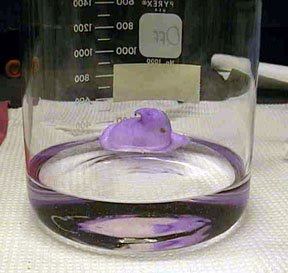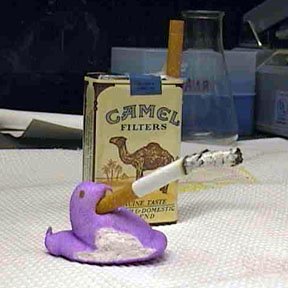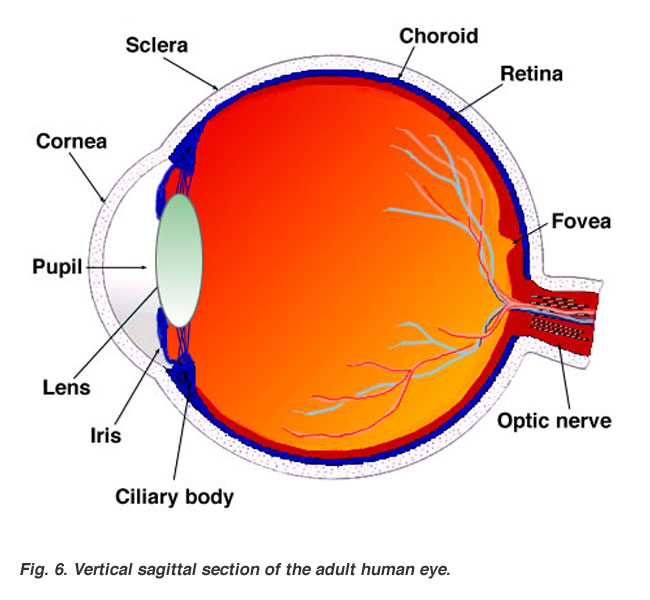Friday, November 28, 2008
I'm Baaaaack!
Monday, May 26, 2008
Long Time, No Blog!
I didn't realize how long it's been since my last post. The two jobs have been keeping me busy.
Here's the website for NYSTEM, the New York State stem cell initiative that was established in April 2007:
http://stemcell.ny.gov/
NYSTEM has recently put out a request for grant proposals for New York State stem cell researchers.
http://stemcell.ny.gov/news_releases.html
It's great to see the New York State stem cell initiative come to fruition, thanks to the tireless efforts of so many advocates.ALBANY, NY (May 8, 2008) Governor David A. Paterson today announced that nearly $109 million in new state funding is being made available to support stem cell research initiatives in New York. The nearly $109 million represents the second round of available funding from the state’s 11-year, $600 million stem cell research initiative that was approved as part of last year’s state budget.
Four Requests for Applications (RFAs) issued today invite proposals from in-state research institutions for stem cell research activities that encourage collaborations among scientists, facilitate the acquisition and development of specialized equipment, and support researcher-initiated and targeted stem cell research
Friday, April 18, 2008
Tuesday, April 01, 2008
Oldies But Goodies

Cornea transplants are routine, with the highest success rates (97-99%) of any transplant procedure. In general, corneas for transplant are obtained from eyebank donors, aged 2-70. A recent study suggests that corneas from older donors may work as well as corneas from younger donors.
Some kinds of cornea damage and prior LASIK surgery disqualify corneas from being used as transplant material. As more and more people decide to undergo LASIK kinds of procedures, fewer corneas will qualify as transplant material. By increasing the potential donor age, it will help address potential shortages.
"We now have scientific evidence showing that older donors can be used reliably in corneal transplantation," said Dr. Edward Holland of the University of Cincinnati and one of the study's lead researchers.
The cornea is the clear covering for the front of the eye, crucial for helping it focus light. More than 39,000 corneal transplants were performed last year, according to the Eye Bank Association of America.
The nation has had an adequate supply so far. But specialists say there are international shortages, and eye banks fear U.S. supplies will tighten as a result of tougher Food and Drug Administration donor-safety rules that began last summer, increasing interest in older donors.
This is interesting in light of some of the research done in my own lab a few years ago, where we saw stem-like cells in corneas from 92-year old donors. It's amazing how the cornea is able to maintain its clarity and vitality throughout life....and even beyond.
Friday, March 21, 2008
Annual Marshmallow Peeps Post

I discovered this silly website a couple of years ago. It's still hysterical and especially appropriate for Easter week-end. It seems that some scientists (apparently with some time to kill in the lab) are conducting laboratory experiments on marshmallow peeps. They have an entire website devoted to their studies.
One particularly cute experiment was "the effect of alcohol and smoking on marshmallow peeps."
http://www.peepresearch.org/smoking.html
First, the peep was exposed to alcohol and did exhibit some signs of inebriation, such as bumping into the walls of the swimming vessel:

Then, the peep was permitted to select a brand of cigarette and smoked without apparent ill effects:
 However, when smoking and alcohol were combined, the effects were catastrophic:
However, when smoking and alcohol were combined, the effects were catastrophic:Their conclusions: "The synergistic effect of smoking and alcohol in Peeps produces a rapidly exothermic oxidation reaction, leading to a chemical and morphological divergence from the wild-type Peep phenotypes."
The marshmallow peep appears to be an excellent experimental model for the synergistic effects of smoking and alcohol!
Wednesday, March 05, 2008
Great News!!

Hey, guess what? I just found out that my research grant is going to be funded!! Yay! This is good news because I can finally hire some technical help for the stem cell lab and not be a volunteer anymore. It's time to celebrate!
The research project involves targeting "cancer stem cells" that seem to be the driving force behind tumor growth and resistance to chemotherapy.
Thursday, February 07, 2008
It's All Relative!

How many of you out there have blue eyes? If so, we're related!
A Danish scientist, Dr. Hans Eiberg, has conducted a study of blue-eyed people and found that there is a single mutation responsible for blue eye color. This mutation is very specific and has been found in every single blue-eyed person that they've studied. This "founder" mutation for blue eyes goes back to a common ancestor thousands of years ago. In other words, if you have blue eyes, you are likely related to everyone else in the world who also has blue eyes.
http://tinyurl.com/22gxvo
I hope you're all inviting me to your next family reunion!
Thursday, January 17, 2008
Vote for PlayPumps International!
PlayPumps International’s mission is help improve the lives of children and their families by providing easy access to clean drinking water, enhancing public health, and offering play equipment to millions across Africa. We provide schools and communities throughout Africa with an innovative, uniquely sustainable, free supply of clean drinking water. We strive to bring joy and play into the lives of African children, better health for millions, and to achieve the United Nations’ Millennium Development Goals. We will carry out our mission by installing 4,000 PlayPump water systems in 10 countries in sub-Saharan Africa by 2010, bringing the benefits of clean water to up to 10 million people. More than 950 PlayPump systems have already been installed in South Africa, Swaziland, Mozambique, and Zambia.
Wednesday, January 09, 2008
Everything You Always Wanted to Know About Stem Cells....
Sunday, January 06, 2008
Clone, Clone on the Range

How do you feel about eating hamburgers from cloned cows?
Meat from cloned animals has been deemed no different than meat from non-cloned animals. Therefore, the FDA requires no special label for cloned meat.
So why clone animals?
The idea is to replicate the best livestock over and over again, to improve the quality of meat and milk products.
There are some who feel squeamish about cloning animals, worry about safety issues, and wonder whether cloned animals face increased danger from being wiped out by epidemics. Some want mandated labeling so that they will know whether or not their meat comes from cloned animals.
With the caveat of ensuring genetic diversity in animals to protect against epidemics, I am comfortable with cloned animals. On the grill, a steak from a cloned animal is indistinguishable from a steak from an uncloned animal. Twin cows are clones of one another. There is no inherent danger to humans in eating meat from twin cows, whether naturally-occurring or intentionally created.
Here is an interesting video from Wired Science that explains things in a bit more detail--


